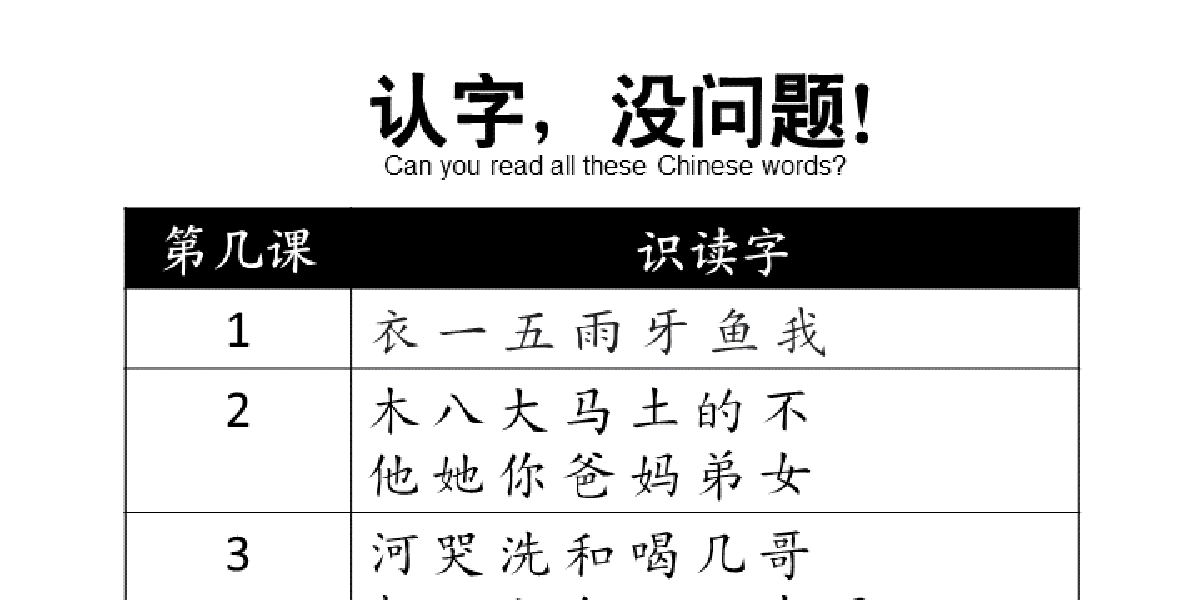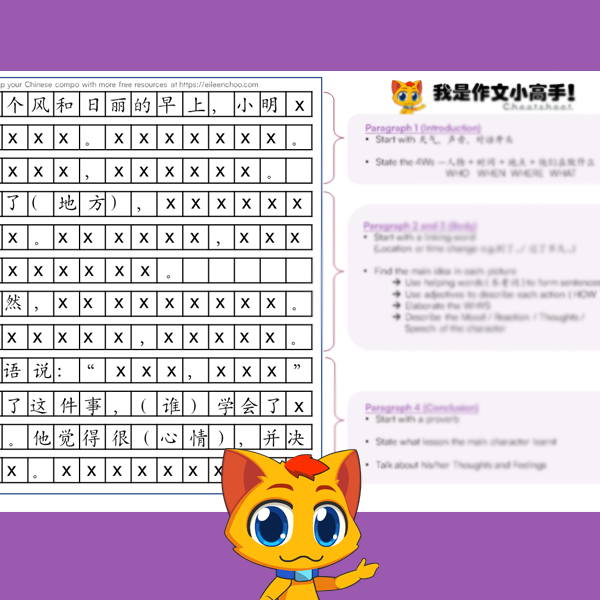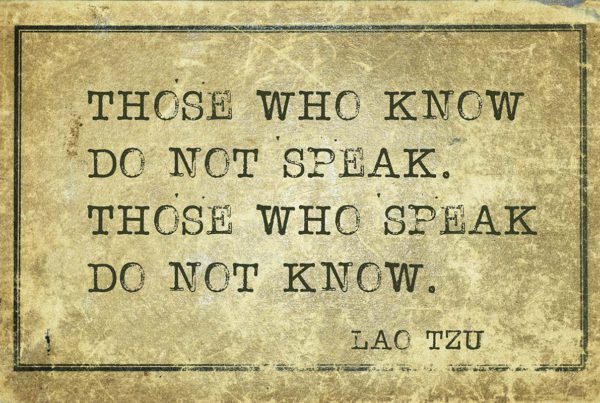
I’ve always love creating my own notes, worksheets and spelling lists for my class when I was teaching in primary school. Although I specialize in teaching Primary 3 to Primary 6, my niece happens to be in attending Primary 1 this year.
This inspired me to come up with some P1 Chinese worksheets that can be used for revision. These Chinese worksheets can also double up as spelling ting xie lists too if your child happens to have more time to spare at home in Primary 1.
Before I share my kid-friendly Primary 1 wordlist with all of you, here are some things about them that you ought to know.
Where are these Primary 1 Chinese words from?
The wordlists that I’m sharing covers all the basic Chinese vocabulary words that the Primary 1 kids need to know if they are studying in a Singapore primary school. (Do note that I only did this for the standard P1 Chinese textbook and not the P1 Higher Chinese textbook.)
In other words, they are Chinese words that your child will need to recognise and write according to the Singapore MOE Primary 1 Chinese syllabus. This is slightly different from the version that is in their huan le huo ban 欢乐伙伴 Primary 1 Chinese textbook
Each Chinese character that you see has been carefully paired with other P1 characters (when possible) to form familiar words to help them revise what they’ve learnt in class.
How should you use this Primary 1 Chinese wordlist?
The Chinese characters on these worksheets are divided into two types – 识读字 and 识写字.
Chinese words you need to know how to read
识读字 are Chinese words that the P1 kids need to be able to recognise and read.
Get your child to read the Chinese characters without hanyu pinyin. Then, ask them to cross out the characters they can read and circle those that they have difficulty with.
It’s ok to test them orally. Don’t try making them write the hanyu pinyin for each Chinese character. This will only increase the complexity unneccessarily.
After going through this exercise, you should be able to gauge how well your child can read the Chinese characters in Primary 1. Next, comes the understanding test. It’s no use if your child can read the words but don’t know what they’re reading.
Ask your child to explain the meaning of each Chinese word in their own words. You can also get them to draw a picture beside the Chinese words if they want to. This will help them remember the words better.
Chinese words you need to know how to read and write
识写字, on the other hand, are Chinese words that your child needs to know how to read and write in Primary 1.
After testing your P1 kid on reading the Chinese characters on the list, get them to cover the words and re-write the Chinese characters on the left column. Unlike xi zi where you want them to practise writing the characters, don’t make them re-write the Chinese characters unnecessarily if they don’t need to.
I’ve put 3 columns for 3 tries, but your child can stop if they manage to get the word correct on the first try, You can use the worksheets to help them prepare for their ting xie (Chinese spelling) in school.
Building a good pool of Chinese words in Primary 1 for the future
Although there is no formal Chinese exam in Primary 1, there will be holistic assessments to track your child’s Chinese learning progress in school.
A good way to prepare your P1 child for such formative assessments is to help them master and understand all the basic 识读字 and 识写字 in their Chinese textbook. This will ensure that they know just enough Chinese characters to be able to read Chinese storybooks on their own and express themselves clearly with the Chinese language.
I hope you and your child enjoy using these Primary 1 Chinese wordlists to learn all the Primary 1 Chinese words for revision. Feel free to share this with your child’s Chinese tuition teacher if you outsource your kid’s Chinese learning.






